Multiflora rose identification and control
Rosa multiflora, Rosaceae Family
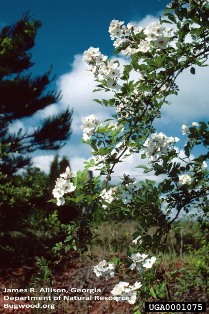
This rambling, sometimes climbing, introduced rose species is highly invasive throughout much of the United States. Originally from Japan, Korea and eastern China, multiflora rose was first introduced to the eastern United States in 1866 as rootstock for ornamental roses. Since then it has been widely used for erosion control, as a "living fence" to confine livestock, and in highway medians to reduce headlight glare and as a crash barrier. Unfortunately, multiflora rose turned out to be highly invasive and is now considered a noxious weed or invasive plant in most parts of the country.
Here in King County, Washington, there are patches of multiflora rose along a few highway stretches as well as escaped populations along streams such as Issaquah Creek, Soos Creek and Cottage Lake Creek. Multiflora rose might be confused with blackberry or other thicket-forming, thorny bushes, but can be distinguished by its clusters of numerous, small, red rose hips and its tendency to climb as well as form thickets of upright, arching branches.
Legal status in King County, Washington
Multiflora rose is not on the Washington State Noxious Weed List and property owners are not required to control this plant. However, in King County, it is classified as a Weed of Concern and control is recommended, especially in natural areas that are being restored to native vegetation and along stream banks where multiflora rose can interfere with riparian habitat. For more information about noxious weed regulations and definitions, see Noxious weed lists and laws.
Identification (see below for additional photos)
- Thorny, multi-stemmed, perennial shrub or climbing vine with arching stems; 5 to 12 feet tall
- Leaves are pinnately divided into five to eleven elliptical, sharply toothed leaflets, each up to one inch long
- Fringed stipules (paired wing-like structures) at the base of each leaf stalk
- Stems bright green to reddish, usually with curved thorns but sometimes thornless
- Flowers showy and fragrant in large clusters; white to pink, each about one inch across and stalked, petals notched
- Fruits are also in clusters; small, bright red, smooth rose hips; form in summer and turn leathery and persist over the winter
- Plants can grow as a thicket and/or climb into the lower branches of trees
- Resembles other roses and bramble species but distinguished by fringed stipules, upright arching stems, and the clusters of numerous small leathery rose hips that persist over winter
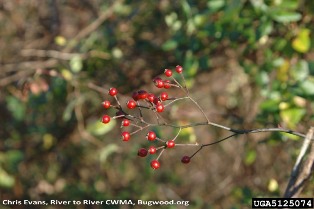
Habitat and impact
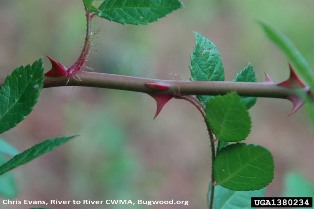
Multiflora rose tolerates a wide range of soil, moisture and light conditions. It can invade fields, forests, stream banks, some wetlands and many other habitats. Dense thickets of multiflora rose exclude other vegetation from establishing and may be detrimental to nesting of some native birds. In pastures, multiflora rose can form thickets that exclude livestock and reduce forage areas. Multiflora rose can climb ten feet or more into the lower branches of trees.
Growth and reproduction
- Flowers begin in May or June, followed in late summer by small, bright red rose hips that turn leathery and persist over the winter
- Reproduces by seed that is dispersed mostly by birds that eat the fruit; germination is enhanced by passing through the digestive tract of birds
- Also forms new plants vegetatively where the tips of arching canes contact the ground and form roots (like blackberries)
- Average multiflora rose plant can produce a million seeds per year
- Seeds may remain viable in the soil for up to twenty years
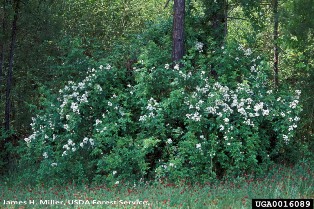
Control

A combination of methods works well for controlling multiflora rose. Individual plants can be dug up or controlled with herbicide. The cut stump method is one way to target the multiflora rose with less risk of harming other plants. Larger patches of plants or dense thickets can be controlled by frequent, repeated cutting or mowing at the rate of three to six times per growing season, for two to four years. Another method is to cut the plants and then spray the re-growth with a systemic herbicide such as glyphosate or triclopyr. Glyphosate works better late in the growing season. No biological controls are available at this time. No matter what method is chosen, follow up is essential because of the long-lived seed bank in the soil.
Additional information on multiflora rose
What to do if you find this plant in King County, Washington
Because multiflora rose is not on the Washington State Noxious Weed List, we do not notify landowners if we locate populations and we do not require control. However, we are interested in mapping locations in King County, especially in natural areas or anywhere it was not intentionally planted. We are also gathering information on effective control methods. If you have had any success (or failures) controlling this plant, we would welcome that information as well. If you would like to report any locations or share any other information, please email the noxious weed program.
Multiflora rose photos
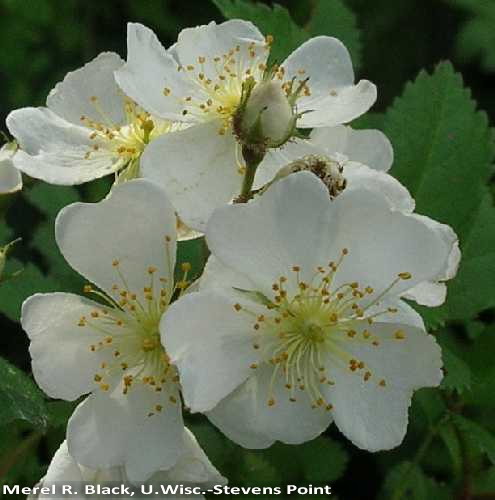

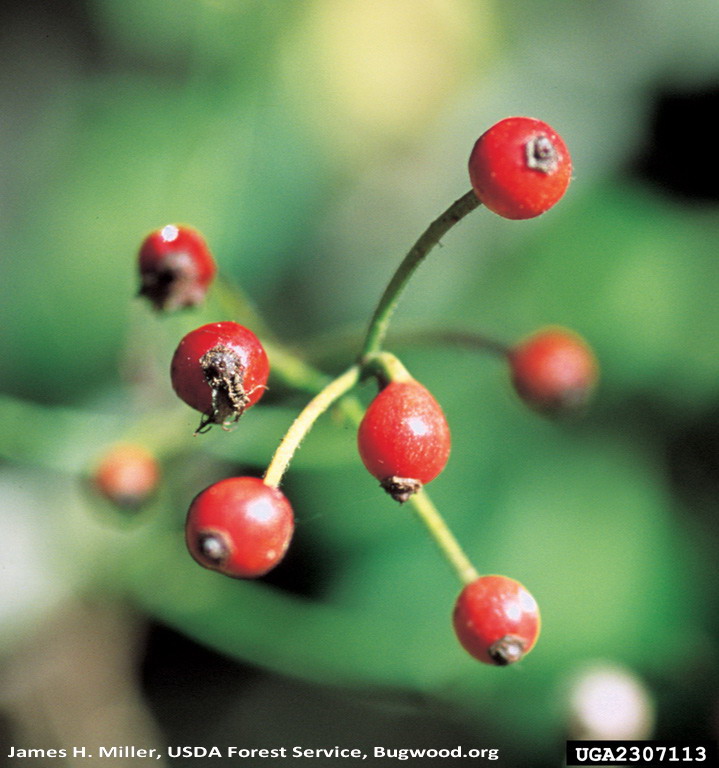
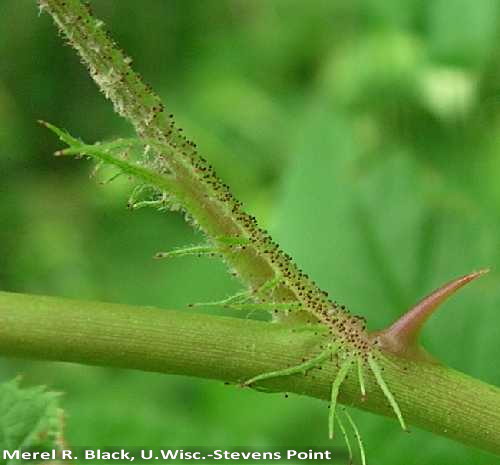
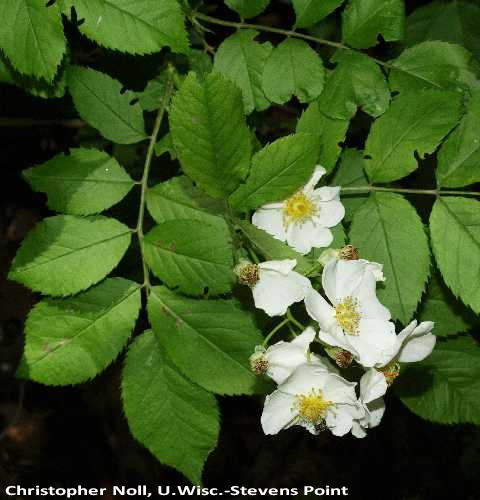
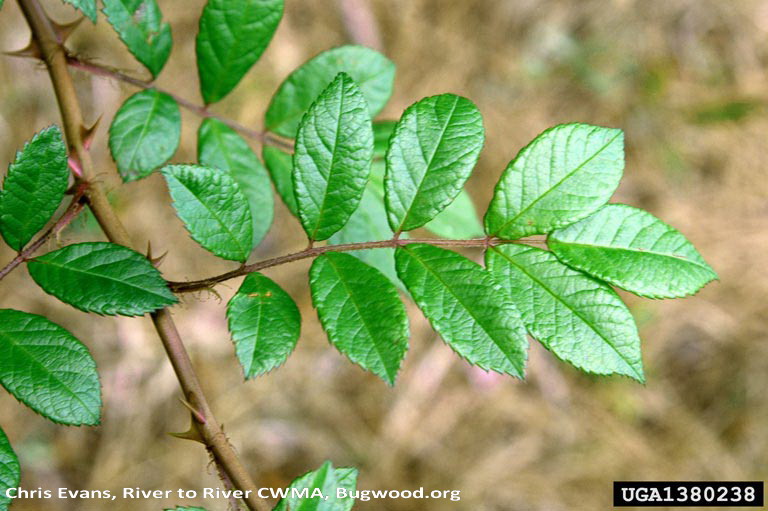
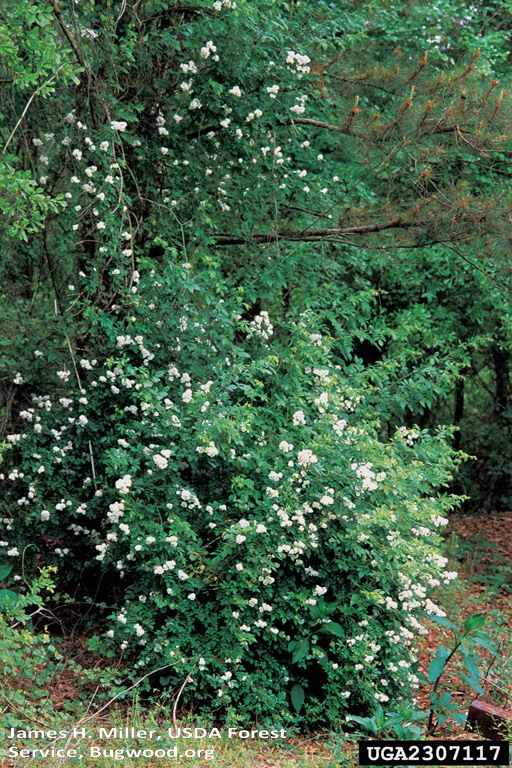
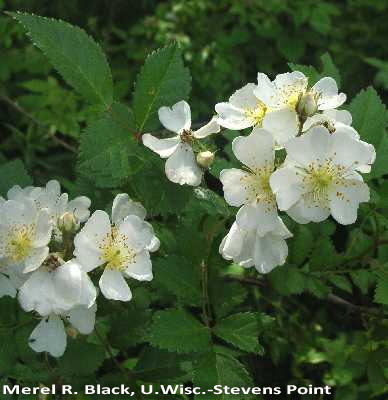
Related information
Related agencies
Program offices are located at 201 S. Jackson St., Suite 600, Seattle, WA 98104. To contact staff, see the Noxious Weed Control Program Directory, send an email, or call 206-477-WEED (206-477-9333).

 Translate
Translate